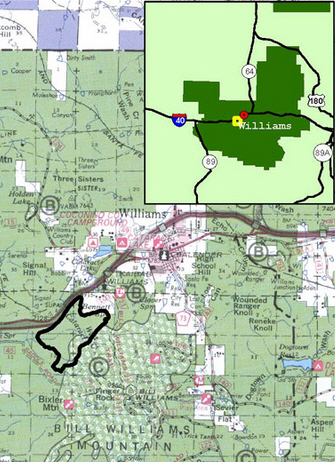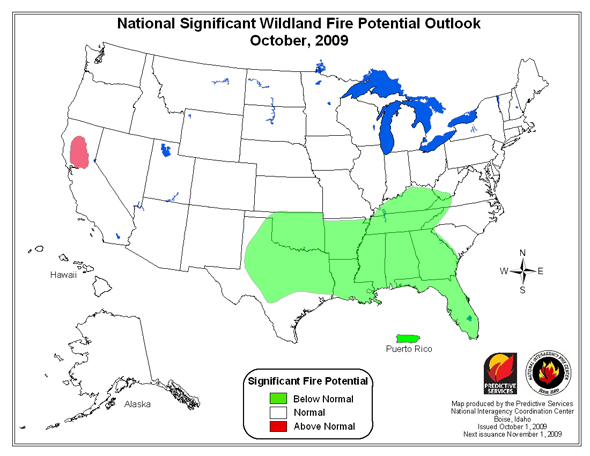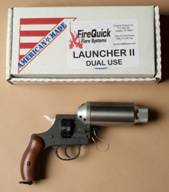An article in the Ventura County Star addresses the issue of escalating costs of suppressing wildfires. Here is an excerpt:
Experts say the cost of fighting fires in California is soaring for two reasons: the effects of climate change on vegetation and the development patterns that have increasingly relocated homes and residents into wildlands.
A report issued in May for the California Climate Change Center finds warmer temperatures and longer dry seasons are the principal reasons for increased wildfire risk. It notes higher temperatures have accelerated water loss from vegetation, “increasing the risk of rapidly spreading and large fires.”
Ominously, one study done for the Climate Change Center predicts the risk of wildfires that threaten residential areas will at least triple by 2050.
Compounding the challenges for firefighters, and escalating the costs for taxpayers, is the fact that urban development has increasingly encroached into the areas of highest fire risk.
“The main problem is that we have more fires in areas where there are more people,” said Carroll Wills, spokesman for the California Professional Firefighters, the state firefighters’ union. “In past decades many of these fires were in areas where there weren’t people. It was easier to surround them, and that made it less expensive.”
Upton said that when a fire breaks out in remote areas, firefighters can “catch it at a ridgeline.”
“It is much more expensive to fight a wildfire in and among homes and communities,” she said. “It tends to turn into a rescue more than anything. Meanwhile, the fire perimeter grows.”
The article also listed the 20 largest recorded wildfires in California by size:
FIRE NAME/CAUSE/ DATE/ COUNTY/ ACRES/ STRUCTURES/ DEATHS
1 Cedar (human) October 2003 San Diego 273,246 2,820 15
2 Zaca (human) July 2007 Santa Barbara 240,207 1 0
3 Matilija (undetermined) September 1932 Ventura 220,000 0 0
4 Witch (power lines) October 2007 San Diego 197,990 1,650 2
5 Klamath Theater Complex (lightning) June 2008 Siskiyou 192,038 0 2
6 Marble Cone (lightning) July 1977 Monterey 177,866 0 0
7 Laguna (power lines) September 1970 San Diego 175,425 382 5
8 Basin Complex (lightning) June 2008 Monterey 162,818 58 0
9 Day (human) September 2006 Ventura 162,702 11 0
10 Station (human) August 2009 Los Angeles 160,557 209 2
11 Mcnally (human) July 2002 Tulare 150,696 17 0
12 Stanislaus Complex (lightning) August 1987 Tuolumne 145,980 28 1
13 Big Bar Complex (lightning) August 1999 Trinity 140,948 0 0
14 Campbell Complex (power lines) August 1990 Tehama 125,892 27 0
15 Wheeler (arson) July 1985 Ventura 118,000 26 0
16 Simi (under investigation) October 2003 Ventura 108,204 300 0
17 Hwy. 58 (vehicle) August 1996 San Luis Obispo 106,668 13 0
18 Iron Alps Complex (lightning) June 2008 Trinity 105,805 2 10
19 Clampitt (power lines) September 1970 Los Angeles 105,212 86 4
20 Bar Complex (lightning) July 2006 Trinity 100,414 0 0









